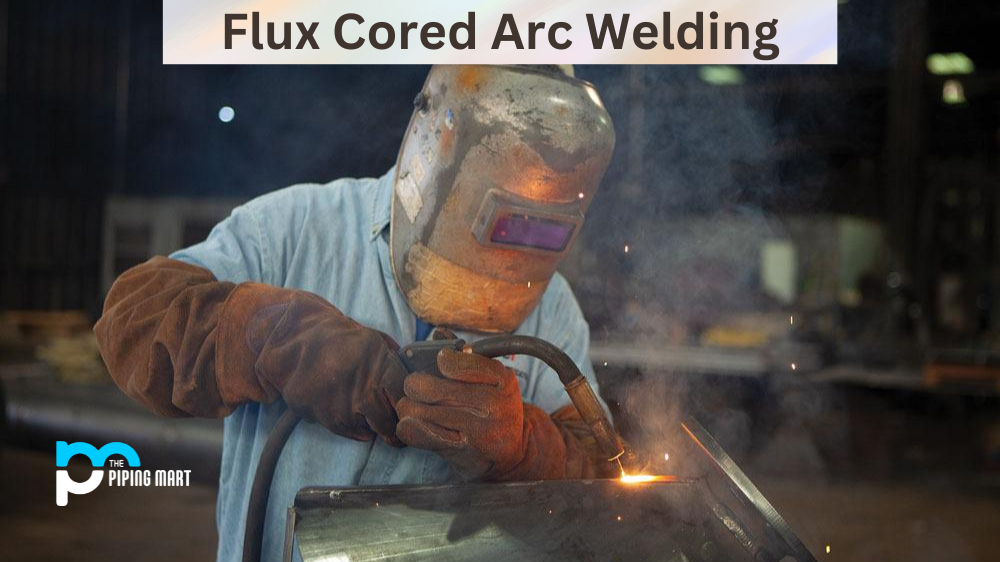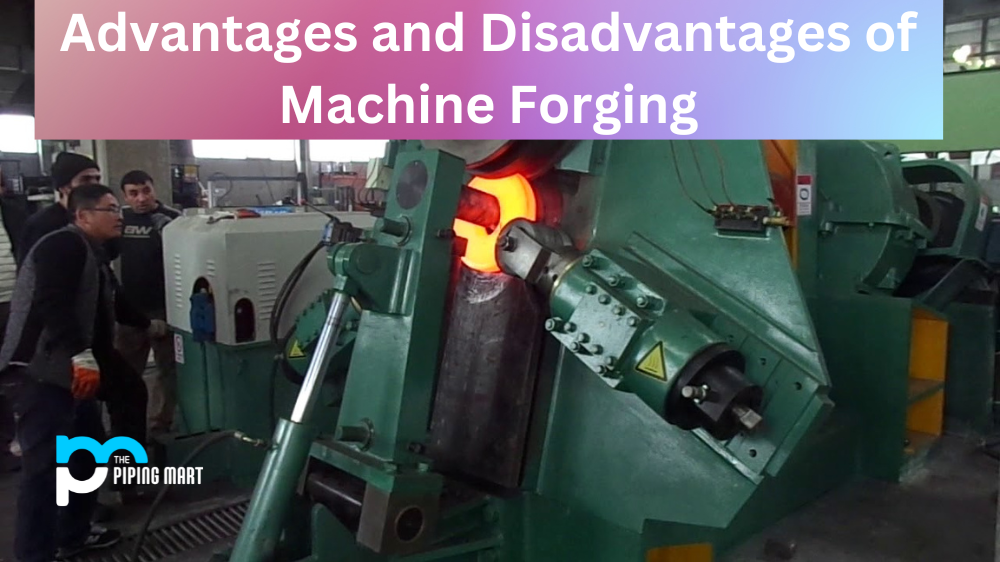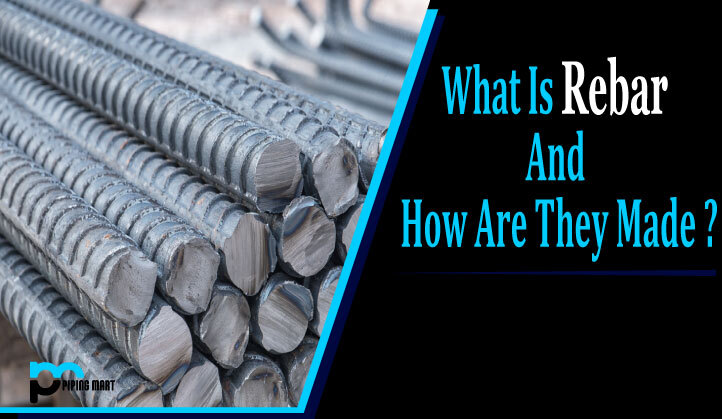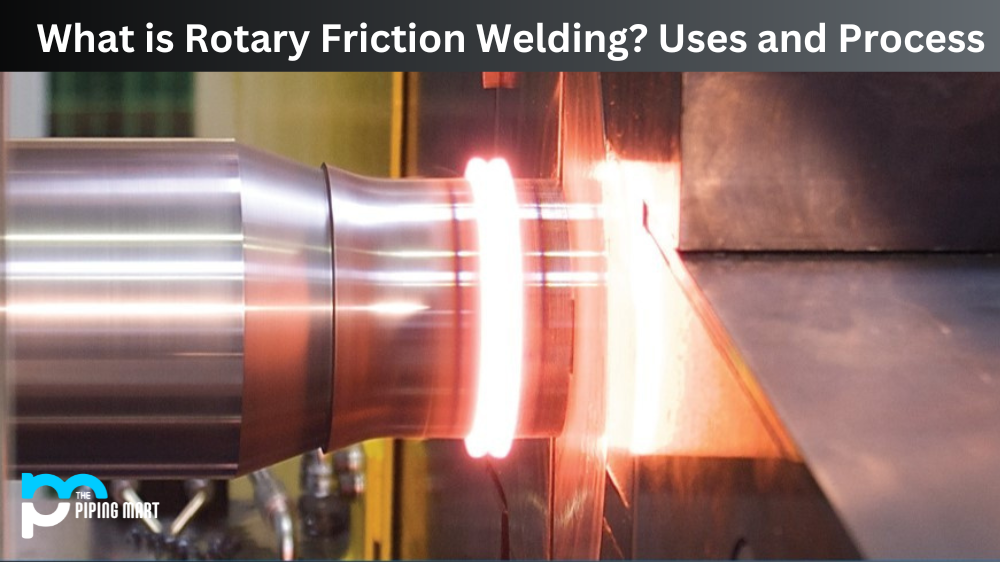FCAW is an electric arc welding process that uses a consumable wire electrode containing a flux core to form the weld joint. This method of welding offers some distinct advantages compared to traditional arc welding, including increased speed and better weld penetration. Let’s take a closer look at what flux-cored arc welding is and why it’s becoming increasingly popular among welders.
How FCAW Works ?
Flux-cored arc welding involves the use of a continuous consumable wire electrode containing flux in its core. As the wire electrode melts, the flux forms a gas that protects the weld from contaminants such as impurities in the air or moisture in the atmosphere. The filler material for this type of welding is typically self-shielding and does not require an external shielding gas like other types of arc welding do. This makes it ideal for outdoor applications or where access to shielding gas is limited.
Flux-Cored Arc Welding Uses
Flux-cored arc welding can be used on mild steel, high-strength steel, stainless steel, and aluminium alloys. It can also be used on materials such as cast iron, nickel alloys, and copper alloys with special electrodes designed specifically for these applications. This type of welding is commonly used on large projects such as shipbuilding, structural steelwork, pressure vessels, bridges, and pipelines due to its fast deposition rate and high-quality welds with minimal slag removal required afterwards. In addition, FCAW can be automated using robotic equipment, which makes it highly efficient for large-scale production runs or long production cycles when consistent quality and speed are important factors.
Flux Cored Arc Welding Working
When working with FCAW, you should always wear safety equipment such as safety glasses or face shields along with protective clothing such as gloves and leather boots or shoes to protect against sparks produced during the process. In addition, proper ventilation is necessary to ensure that fumes created by burning gases are not inhaled during operation, which could cause health issues over time. Finally, you will want to make sure your work area is clean and free from any combustible materials before beginning any FCAW project in order to minimize any potential hazards associated with this type of welding process.
Conclusion:
Flux-cored arc welding is a great option if you need an efficient way to join metals quickly while still maintaining high-quality results. Its flexibility allows it to be used on many different types of materials, including mild steel, stainless steel, aluminium alloys and cast iron making it suitable for many different projects ranging from shipbuilding and structural steelwork right down to smaller DIY tasks around the home or workshop! Working with FCAW safely requires taking proper precautions, such as wearing proper safety equipment and keeping your work area clean, but once these steps are taken, you will find that this type of welding can produce excellent results quickly! With its speed and flexibility combined with its ability to produce strong, reliable welds every time, it’s no wonder why so many welders prefer flux-cored arc welding over other methods!

Pipingmart is a B2B portal that specializes in metal, industrial and piping items. Additionally, we share the latest information and information about materials, products and various types of grades to assist businesses that are involved in this business.




